Experiencing Lanka on paths less travelled
By Juliet Coombe
Sri Lanka Tourism welcomed the British Guild Of Travel Writers, the largest ever group of broadcasters, bloggers, writers and photographers to visit Sri Lanka, to try out exciting new ways of exploring the island.
On landing in Colombo International Airport, the journalists were draped with jasmine garlands and whizzed away 007-style to Jetwing Beach, where they learnt all about the Jetwing philosophy, a sustainable approach to protecting Sri Lanka’s unique assets for future generations.
Instead of promoting beach holidays with sun, sand and sea that Sri Lanka is famous for, the tourism team sent four groups of journalists around the island on paths less travelled covering everything from adventure to activities and cultural heritage secrets.They studied meditation at the Silver Temple, Ridee Viharaya Cave Temple, where they were also taught the ancient art of writing on ola leaves and how to create temple paintings.
From there they headed to Jetwing Vil Uyana to see how a manmade wetlands project has become a game changer in biodiversity for bringing wildlife back to the area. They learnt about Sri Lankan wildlife from the in-house naturalist Yesitha Rodrigo, who has the dream job of working at Jetwing Vil Uyana doing nocturnal walks in the jungle and bamboo forest every evening as well as documenting new species.
Here the writers were introduced to the island’s only Loris educational programme. The tour starts at 6.30pm in the evening and takes in the nightly activities of birds, lizards and even cheeky overly curious water turtles, who like to pop their heads out of their shells as they wander in search of food. The enormously rich biodiversity has grown experientially from two or three bird species, when the area was a wasteland of abandoned paddy fields in 2006, to now boasting over 160 varieties of birds. It’s a great example of how nature can bounce back bigger and better.

Book author and travel writer Mark Edwards says “For those who enjoy morning walks you will discover strolling about the property the sweet smell of the Kumbuk tree, which has a complex root system that cleans the rivers every day. One can also learn about the bamboo wall, a haven for insects, which was introduced by the environmental architect Sunela Jayewardene. This is also a top spot to find the Loris, one of which has just given birth to twins.”
A catamaran boat ride in the HIriwadunna Lake led to making lily pond waterproof hats and a lesson in traditional village cooking, while others headed for the hills to walk the 300-kilometre Pekoe Trail with its dynamic founder Miguel Cunat. Many of the journalists ended the day scaling the ancient Sigiriya Rock Fortress and heard about the kingdom’s incredible engineering feats of irrigation dating back over 1,625 years.
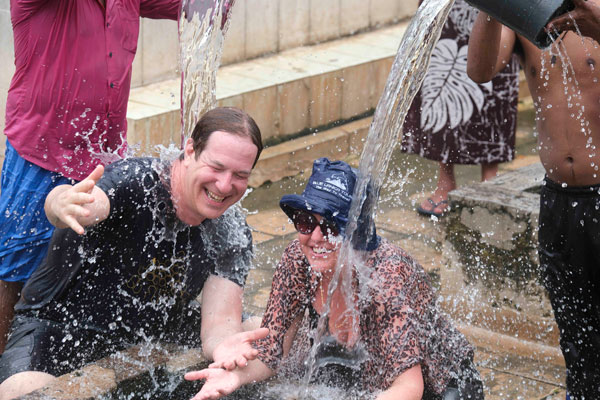
An elephant safari in the Eco National Park kicked off the next morning, before driving east to Trincomalee and a visit to the Koneswaram Hindu temple and the Kanniya hot water springs, where the water is said to contain medicinal properties.
Travel presenter and BGTW 2024 awards finalist Shebs Alom, responsible for live daily feeds from the trip, raved about his magical experience on safari searching for elephants. He said it was one of his most profound moments on the press trip seeing a herd of them.
Veteran writer Anne Gorringe from Bristol said: “Seeing the elephants in the safari park was breathtaking. But then on the way to Trinco being stopped by a herd of wild elephants crossing the road, while the male banged his trunk against the teenagers to line them up as if they were on a school trip, was the icing on the cake.”
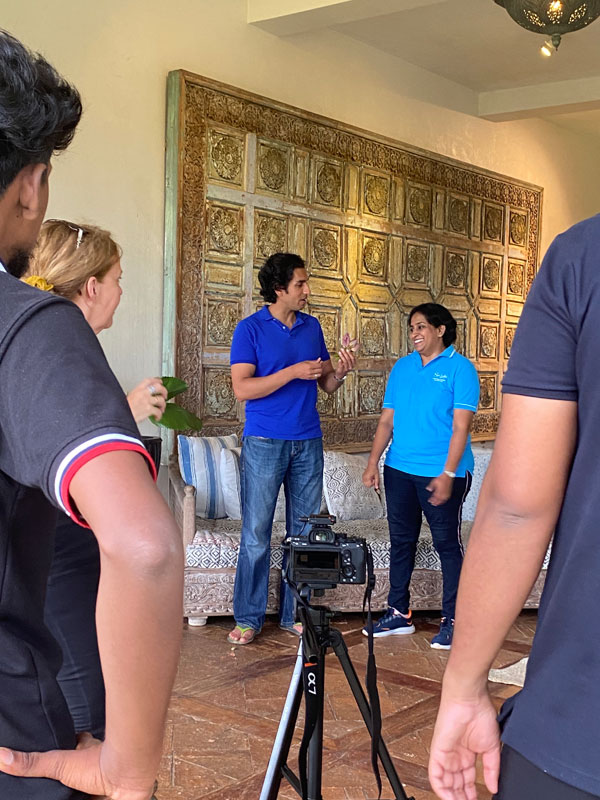
The group loved learning how to cook curry and rice. "The enthusiasm and joy on the faces of a group of women teaching us Sri Lankan cookery sessions was infectious," said Anne Gorringe. “We had arrived for lunch at a small group of huts in the middle of the forest as part of the Hiriwadunna Village tour. We were hungry after a ride in a traditional “banana boat” that had taken us around a reservoir where eagles and kingfishers were spotted. “But the stars of the show were the women, who, when not cooking up a feast in the kitchen, also help out in the fields with the men on the farm,” said Anne.
The village tour has been a way of providing employment and a wage to local people. A great idea, that has turned into a terrific tourist exchange. "Our teachers started their demonstration but soon wanted us to join in. Keen to have a go, I sat astride the special wooden stool which comes with a contraption at the front for grating coconut in the authentic Sri Lankan way. I just about managed that. But, more impressively, I was also encouraged to sing while I worked! One of the head cooks sang each phrase and I copied her. This was a traditional song in praise of the coconut. No mean feat, singing in Sinhalese, when I'm no good at languages!" said Anne.
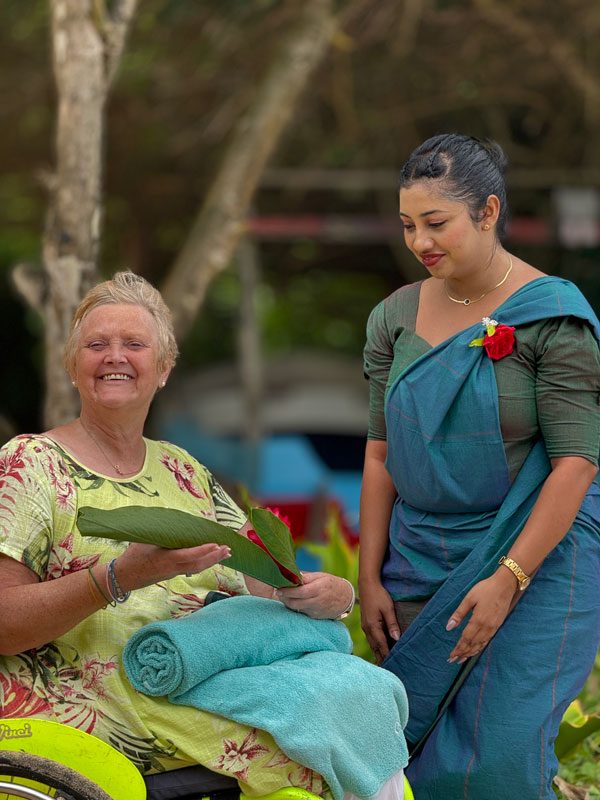
The freshly grated coconut was then combined with water to help create a milky base for a delicious pumpkin curry. "The food was lovely," said Anne. "But what stays with me is the beaming smile on the faces of our cooks as I joined in and singalong."
Heading over to Mannar and the island’s only donkey sanctuary was both educational and heart warming. Guide book writer Susie Boulton said: “You can see why Mannar is known as Donkey Town. No sooner had we arrived than we spotted wild ponies wandering on the roadside perilously close to the traffic. Well out of town, in a peaceful shady setting, we were greeted by 20 rather more contented donkeys, and given a warm welcome by Sahul Hameedtu Al-Hathir and his family at The Donkey Clinic.
“We were impressed and moved by Sahul's story. Throwing in his career as a software engineer and selling his house, he started helping injured donkeys in 2014 and set up the clinic in 2019, working closely with the local community. Since then Sahul, along with his wife and their team, have helped over 500 donkeys with veterinary care. A few of the animals are kept for educational purposes, others are set free into the wild and some are adopted.”
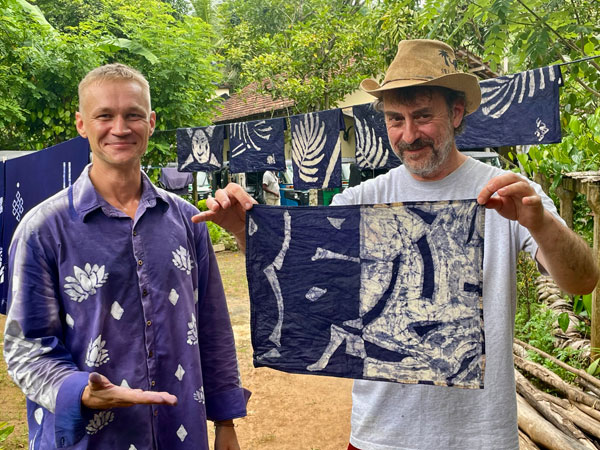
Susie continued: “When it came to feeding time Sahul's wife handed us all tubs of chick peas for the donkeys, and showed us the tranquil pond and forested ground where they graze. We fed our favourite donkeys and took photos galore. It was an enlightening experience and a joy to see a sanctuary especially created for these lovable creatures.” The place relies on visitors as funding has dried up since the pandemic, and they have taken to stitching bags as souvenirs, or you can adopt a donkey and name it by giving a monthly fee of 10,000 rupees.
Journalist and broadcaster Mark Julian Edwards, who presents for The Jet Set, says it is the friendliness and joy of Sri Lanka’s people that makes you want to come back for more. One of Mark’s highlights was “a giant water battle” he had with the locals, while enjoying the healing qualities of the hot springs.What started as religious bathing turned into a momentous interactive morning for all the guild’s members.
Another of Mark’s highlights was visiting the historic Temple of Nallur in Jaffna, where the holy water bathing spot inside the inner sanctum of the temple is infused with beautiful decoration, calming chanting and where pilgrims also had the opportunity to be blessed.
Robert Spellman, a freelance writer and subeditor, has a very different take. “I’m drawn to places of transit, so Jaffna’s bus station was irresistible to me,” he explains. “Clay-red coaches, their paint and livery dulled and battered by years of sun and dust, seem to enter chaotically from all angles, empty, fill up and zip off again. Beyond the station shelter, amid the reek of gas fumes and revving engines, it felt as if there was no safe place to stand. My awkwardness amused Vic and his brother, two grocers who run a little stand here, and with typical Sri Lankan generosity they posed for snaps and bumped fists. The whole place had the buzz of a lively old bar.”
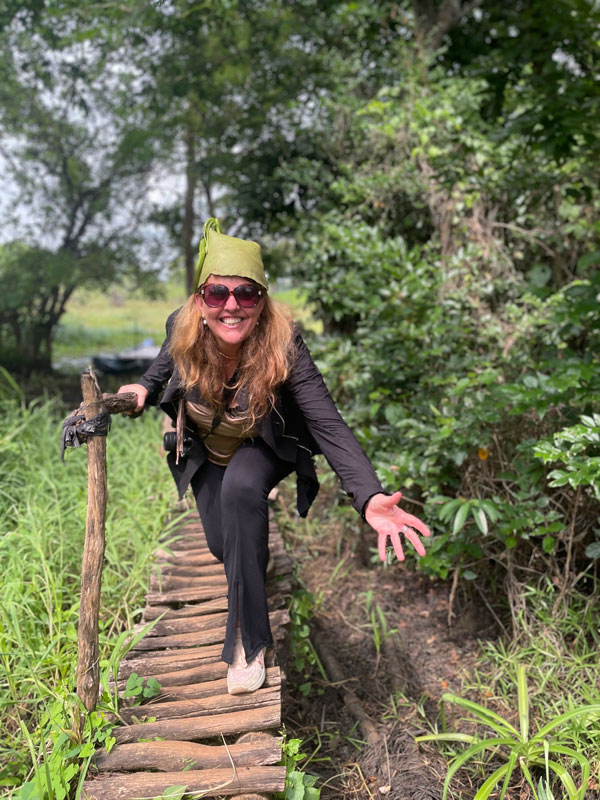
While in Kandy projects like Earthbound, where pieces of rubbish are turned into high-end artisan products, was deeply inspiring. Seeing how newspapers become decorative mats, lamp shades beautiful baskets was just amazing says Fran Bridgewater. Places like the exciting new Cinnamon Museum at Mirissa Hills, a world first was absolutely fascinating, along with meeting the King of White Tea at Herman Gunaratne’s tea plantation in Handunogoda and getting hands on experience in making everything from batik to masks.
Chris Coe, chair of the British Guild of Travel Writers and travel photographer, is the founder of the prestigious Travel Photographer of The Year awards (TPOTY). He said: “Sri Lanka lights me up! It is an incredible country made even more special by its people and their never ending generosity. They are shy at first but as soon as you engage in painting a mask or making batik design, a warm smile is inevitable. You don’t even need to speak. It is a universal language of communication and makes taking pictures so much fun in Sri Lanka.”
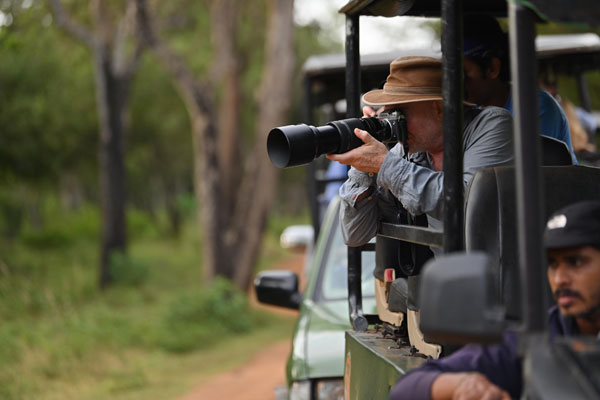
Chris continued: “Photographing Sri Lankans is a dream. It is extremely rare to for someone to refuse. In fact more often than not they ask for you to take their picture, and they’re very natural in front of the camera. It doesn’t matter where you are – the beach, the bus station, the colourful island markets – these kind and generous people are a joy to be with.
From the jungle the journalists headed to Chilaw to enjoy Ayurvedic spa treatments and the magical lagoon, and then on to Galle for a lesson in mask making and traditional painting with Janaka De Silva. Another inspiring morning activity was spent at the stunning alabar Hill hotel Batik Centre, where guild members got to draw on linen with artist Alex, work with the local ladies with wax painting and ink baths with some excellent results.
Writers covering gardens on the trip were delighted by Calamansi Cove Villas, with a Sea Garden designed by Dooland de Silva, and afterwards met him in person at the beautiful Brief Garden, a property designed by Bevis Bawa in 1929. The final destination was Cinnamon Bentota Beach, created by Geoffrey Bawa, the island’s most renowned architect. The trip concluding with a dinner at Cinnamon Life Hotel, Colombo.
-
Still No Comments Posted.



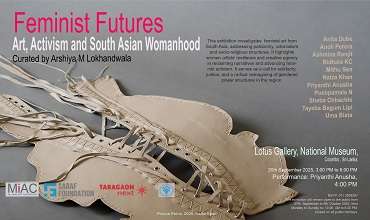

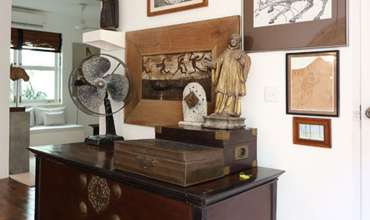
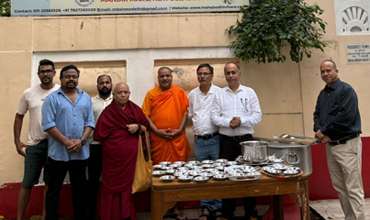

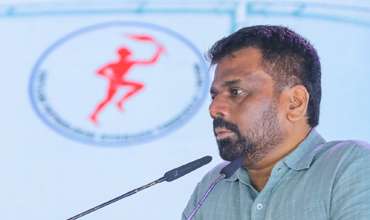
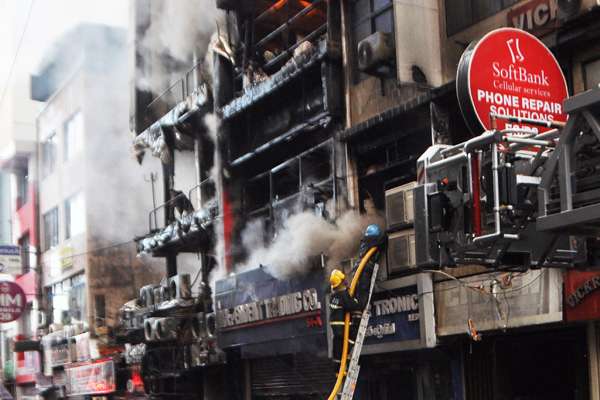
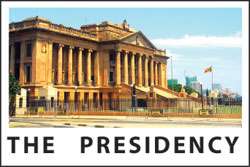

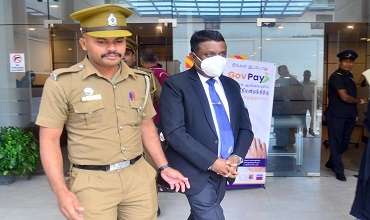
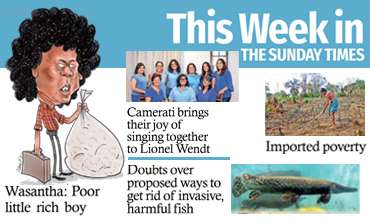
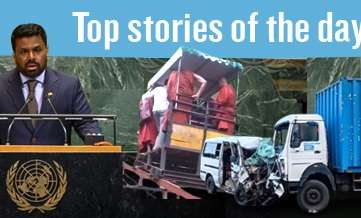
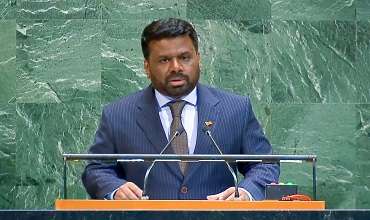

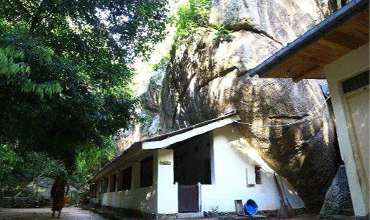
Leave Comments